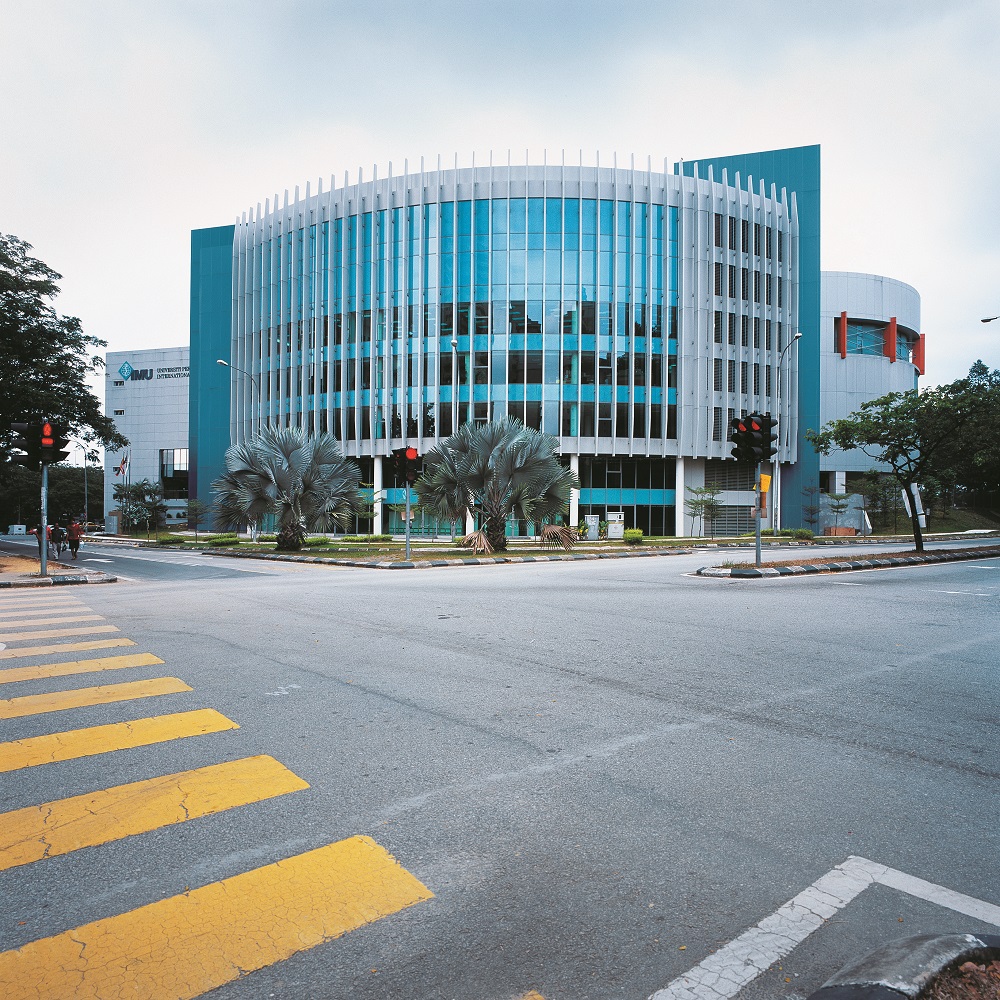
LOOKING at old photos of Kuala Lumpur, one would notice that there were few tall buildings at the time. But fast-forward a few decades and the city now boasts an impressive skyline. The mix of old and new makes it a fascinating place to walk through.
However, from an architectural standpoint, the buildings now seem to speak a different language from the time of our first prime minister, the late Tunku Abdul Rahman.
David Teh, director of Pakatan Reka Arkitek Sdn Bhd, says, “The major difference in the architectural landscape between the time of independence and now is that after independence, there was a big move to commission Malayan architects to design the buildings.
“The current architectural landscape is completely different. If you look at the Kuala Lumpur city centre, the Petronas Twin Towers and some of the buildings around the area, as well as well as some significant buildings in the city, they were designed by foreign architects.”
The Bauhaus influence
In 1974, Teh graduated with a Bachelor of Architecture from the University of Melbourne, where he embraced the tenets of the Bauhaus modernist design philosophy. He studied the great masters such as Mies van der Rohe, Le Corbusier and Walter Gropius, who founded the Bauhaus School in Weimar, Germany, in 1919.
On his return to Malaysia, Teh was employed at Architect Team 3 and worked with Datuk Seri Lim Chong Keat, before being attached to Pejabat Arkitek Dewan Bandaraya Kuala Lumpur for four years. At the time, an architect had to serve a minimum of two years in a government department before he or she could register for the professional exams.
Teh subsequently set up his own firm in 1979, the same year he got married at the age of 29. He did so without a safety net.
“I started my firm without any work. I received some seed money from my father to see me through for at least a year. I used the money to renovate my office. It had a reception area, drawing room and conference room. People came and saw that I was serious about wanting to start on my own. And then one or two months later, I got my first job,” Teh recalls with a smile.
Over the years, he has been involved in the design of numerous buildings, including office, retail, mixed-use, hospitality, healthcare, education and residential projects. Some of the buildings in Kuala Lumpur designed by him are Downtown Condominium (completed in 1983) and MCB Plaza (completed in 1988). His other projects include Z House (completed in 1982) in Shah Alam, Selangor, and International Medical University (completed in 2006) in Bukit Jalil, Kuala Lumpur. One of his latest projects, completed in 2015, is the 21-storey Menara Centara on Jalan Tuanku Abdul Rahman.
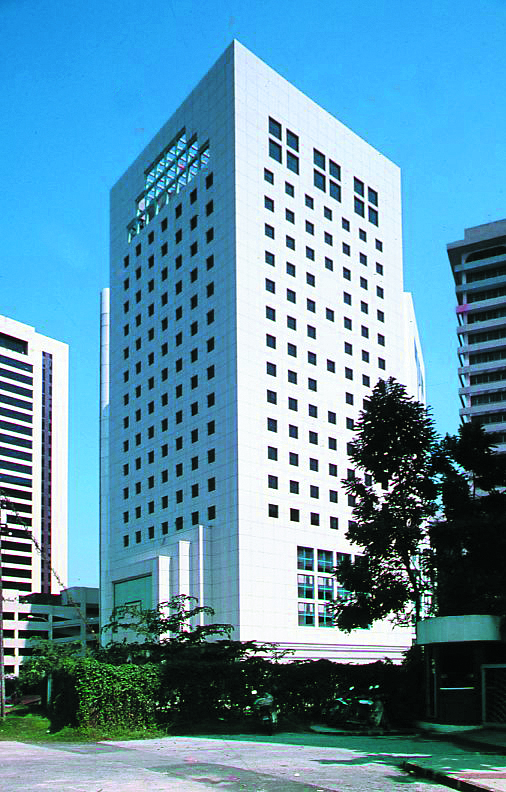
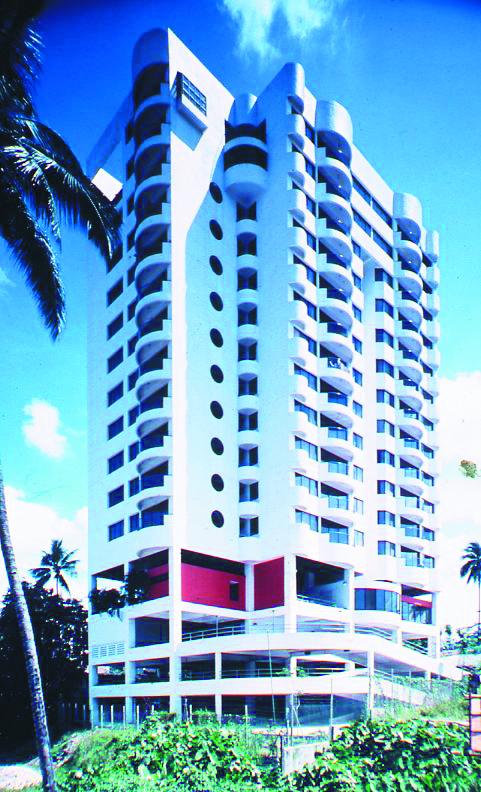
“My architecture is basically modern, and I try to be faithful to the time and place. Too often, modern architecture is just reflective of the style without being reflective of the place. And if you look at the early modern architecture done here, they are quite reflective of the place. There is also an attempt to respond to the climate,” Teh explains.
In 1987, he served as the president of Malaysian Institute of Architects (PAM) and had the opportunity to organise an exhibition called Post-Merdeka Architecture 1957-1987, which Tunku Abdul Rahman opened. He recalls how Malaysia’s first prime minister wanted the nation to be built.
“When Tunku became prime minister, among the many things he did was to build the landmarks that are now part of the nation. He built Stadium Merdeka and the Houses of Parliament. These are the monuments, the icons of nationhood,” says Teh.
The change in Kuala Lumpur’s skyline is a sign of the times, as the world becomes more global and the transfer of ideas and design becomes a part of life. While that is one reason for foreign architects picking up commissions, Teh observes that another reason seems to stem from today’s leaders, who wish to project the country’s presence in the international arena. Nevertheless, to preserve a Malaysian identity within the buildings built, he believes a level playing field — where foreign and local architects can compete — is needed.
“We can’t close our borders or turn away from the rest of the world. But it is sad that a lot of these [new] buildings were commissioned without giving local architects a chance … a level playing field. Many of these buildings were given out through competitions among foreign architects. If you want to see a change, then local architects should be given a chance to compete,” he says. “What happens now is this — the competition is among foreign architects. After they select a foreign architect, they find a local architect to do the submission and maybe, sometimes, the contract administration.”
In some cases, the local architect plays a very minor role such as fulfilling submission requirements, that is, submissions to the local authorities, and getting the necessary certificates, says Teh. However, this is not always the case as there have been a number of good collaborations between foreign and local architects working together to achieve clients’ objectives, he qualifies.
Keeping the passion
 While competition for work is part and parcel of an architect’s life, Teh observes that the profession has gotten much tougher over the years.
While competition for work is part and parcel of an architect’s life, Teh observes that the profession has gotten much tougher over the years.
“I think today, architecture and the practice of architecture has become a lot harder from when I first graduated and started my practice. There is a lot more competition. The requirements of the clients, of the law and of submissions are far greater than before,” he says. “The way projects are given out is more rigorous now and is better as there is more consideration given, which means that it is much tougher for younger architects.”
He adds that the profession does not pay as it once did and he has heard of many who have left architecture to pursue other interests and businesses. Also, keeping long hours is part of the life. So how do young architects keep from walking away from the profession?
“They need to maintain their passion for architecture. They need to maintain their fervent belief and interest in architecture. Otherwise, they will become disillusioned or just become businessmen — bringing in the job, doing it and collecting the fee to make ends meet. This has happened to many architects. It is tough,” says Teh.
“Ultimately, I think one must like architecture, one must enjoy buildings and one must enjoy the art of designing a building. And there is nothing more fulfilling, I tell you, for an architect — from the time you do the first sketch and translate the sketch into documents, to seeing the building come up and finally be completed.”
That satisfaction, as well as his desire for the profession to blossom and contribute to the national identity and nation-building, is what drives him. Teh says, “I certainly hope that going forward, local architects will be given as much opportunity as was provided to the young emerging architects during the time of independence and when our country underwent development in the 1970s and 1980s … because I do not see much of this now.”
This article first appeared in City & Country, a pullout of The Edge Malaysia Weekly, on Sept 5, 2016. Subscribe here for your personal copy.
TOP PICKS BY EDGEPROP
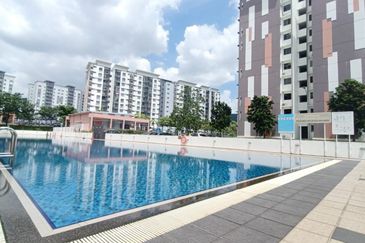
Seri Kasturi Apartments, Setia Alam
Setia Alam/Alam Nusantara, Selangor

Jalan SP 1 @ Bandar Saujana Putra
Jenjarom, Selangor
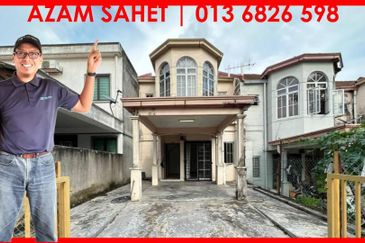
Bandar Puncak Alam
Bandar Puncak Alam, Selangor
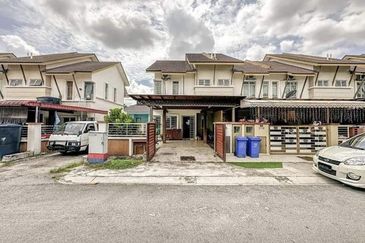
Taman Violet Impian @ Bukit Naga
Shah Alam, Selangor

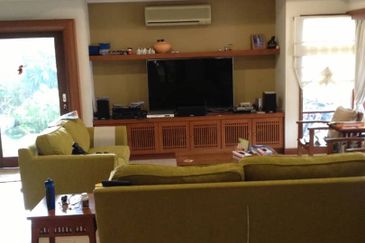
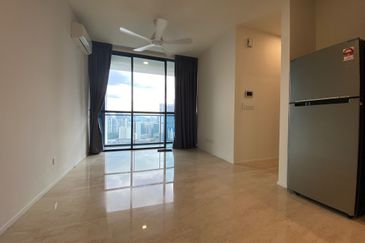
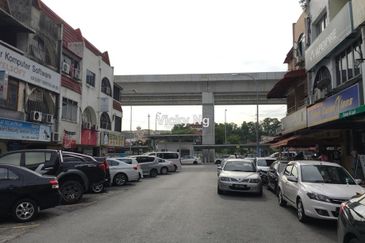
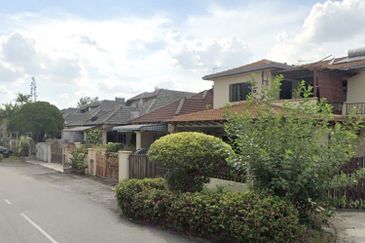

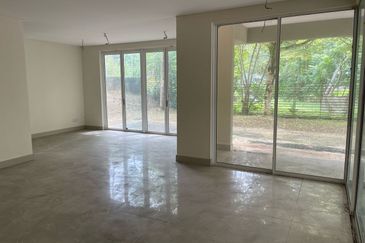

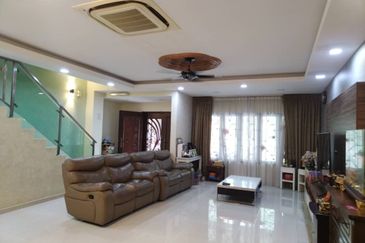
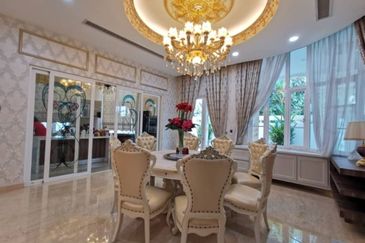
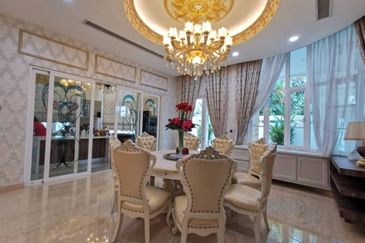
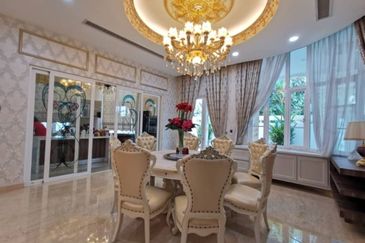
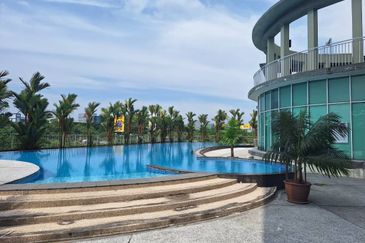
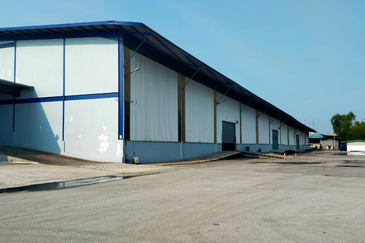
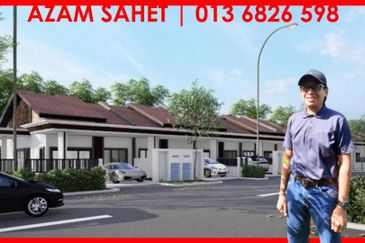

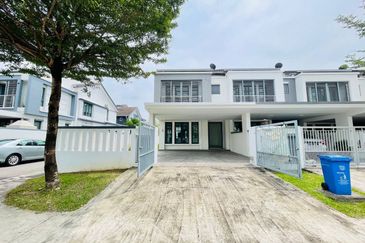
hero.jpg?GPem8xdIFjEDnmfAHjnS.4wbzvW8BrWw)



